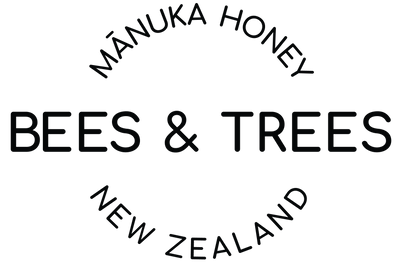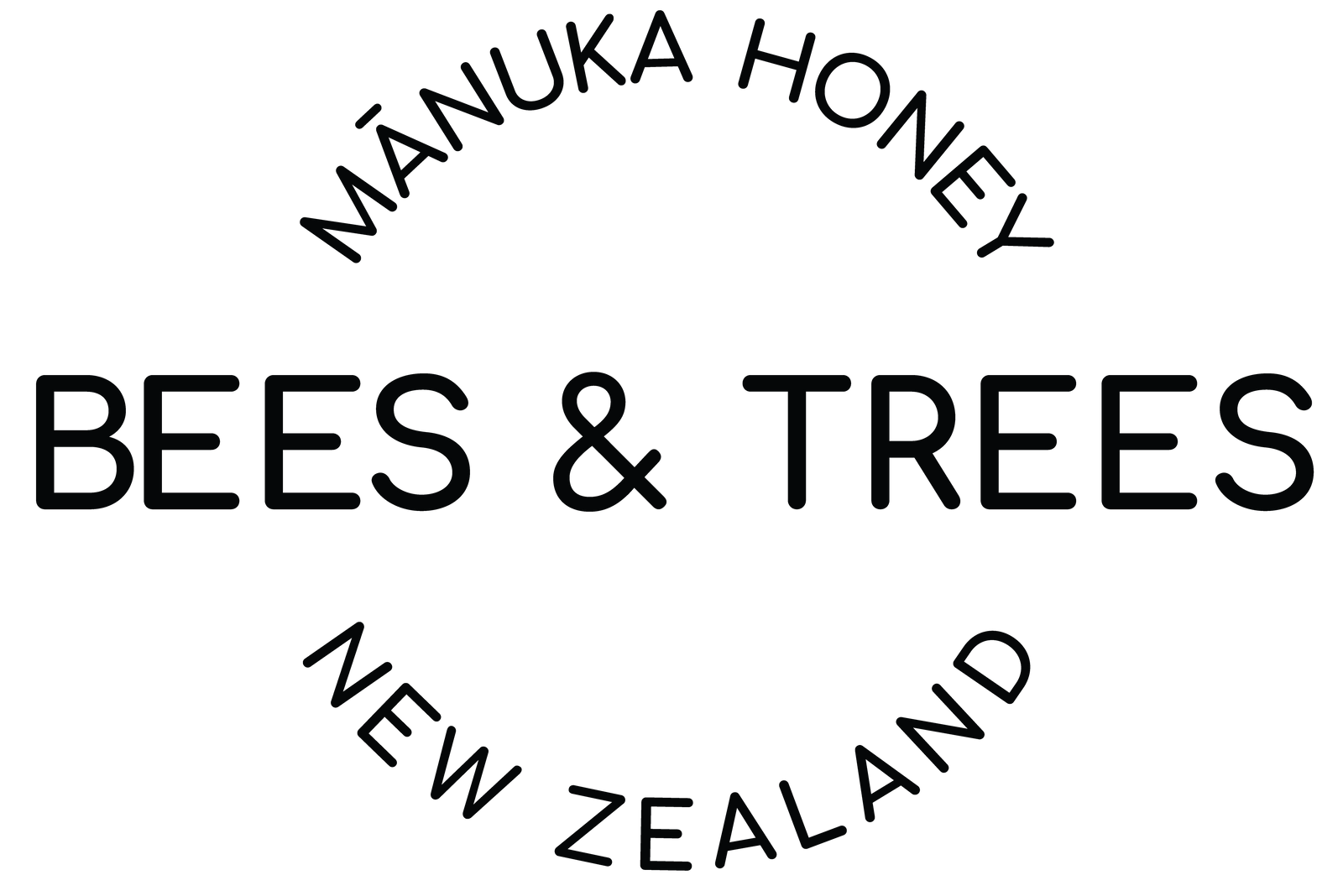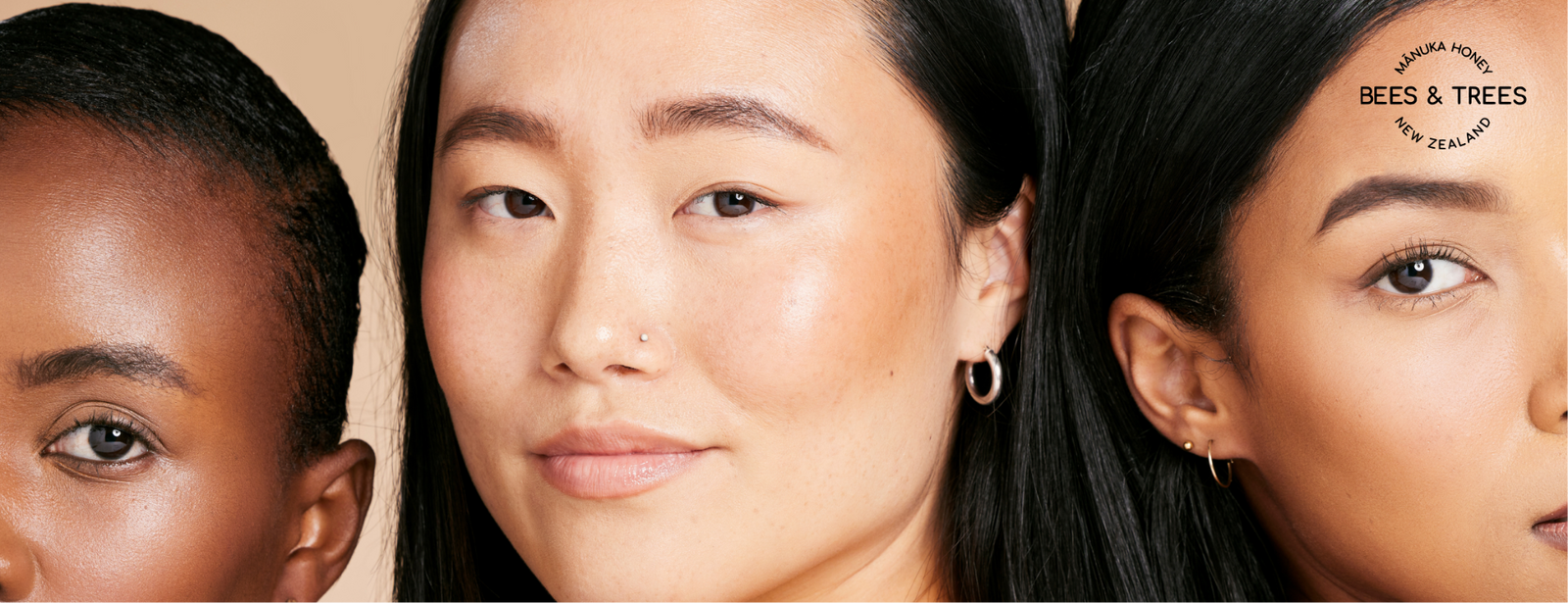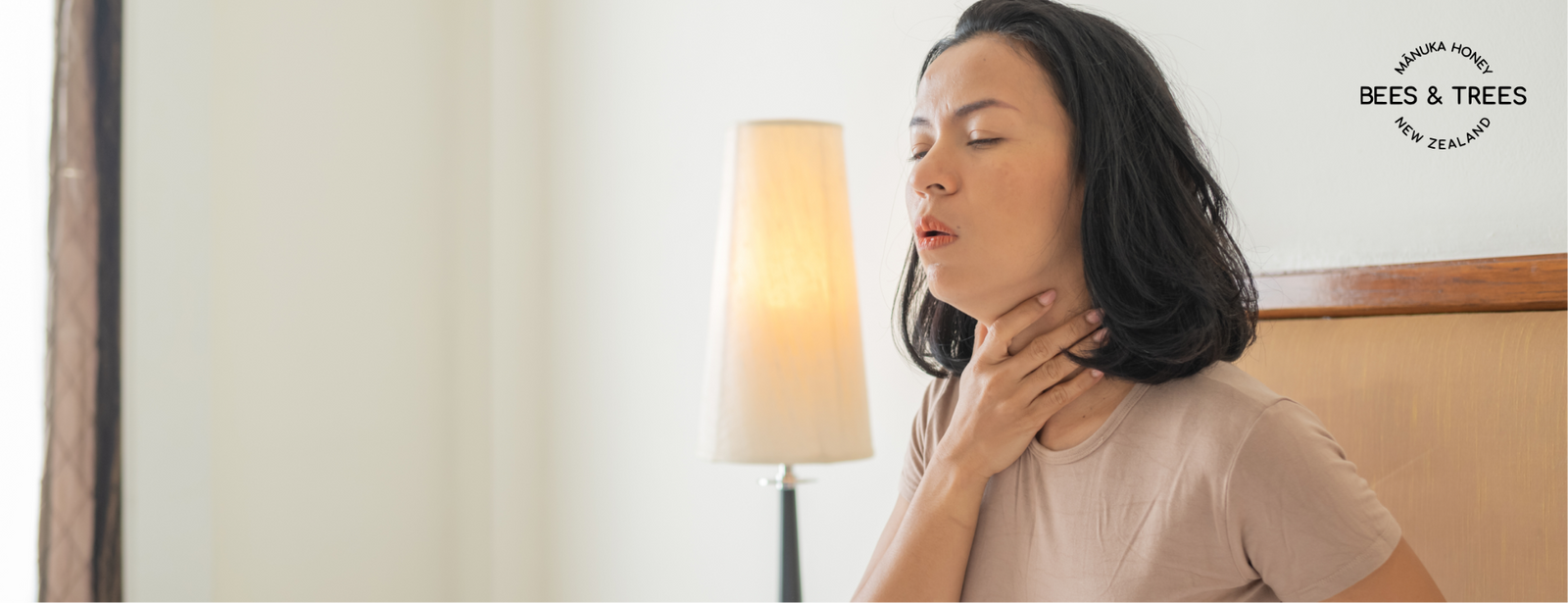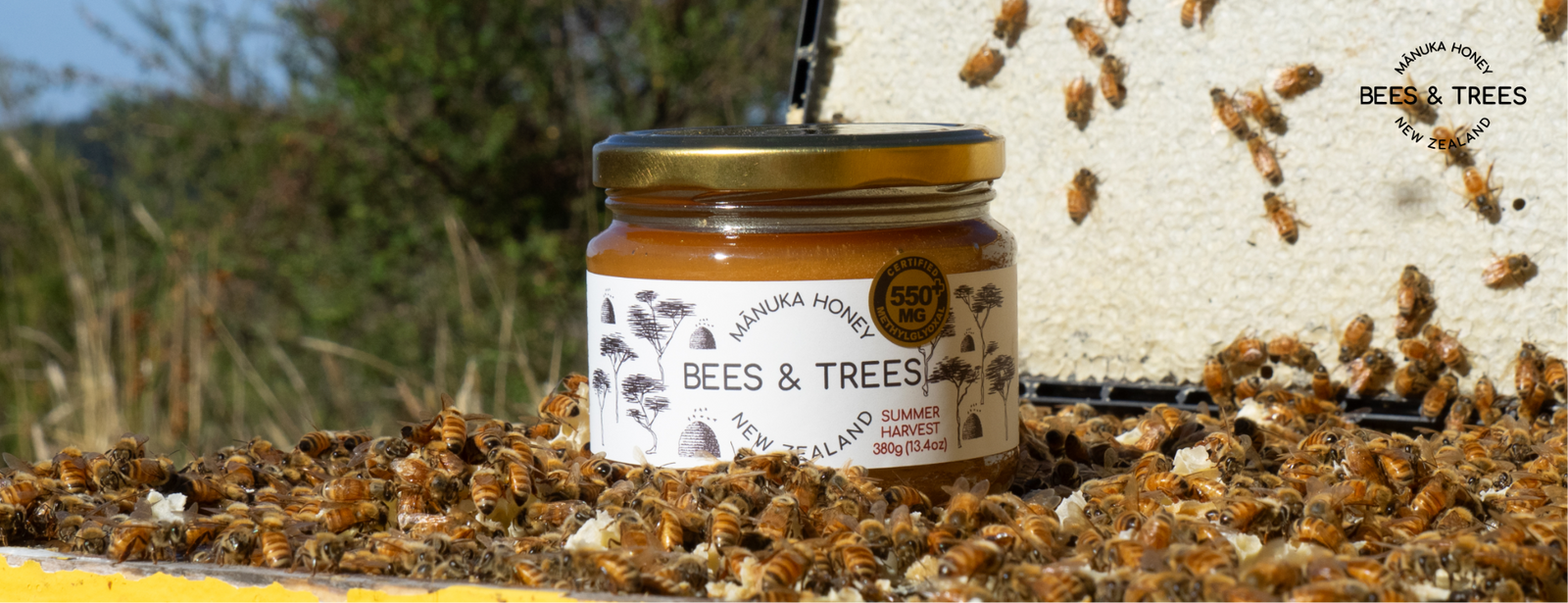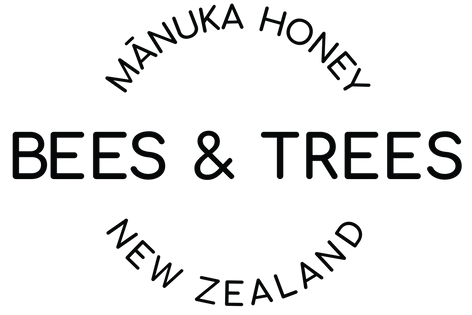Drawing on the perfection of nature, New Zealand is a producer of exceptional honey products that stand out on the world stage in terms of flavor, wellness, and sustainability. From light florals to rich Mānuka, New Zealand honey is sought after by discerning consumers all over the world.

New Zealand’s unique honey story begins 80 million years ago, when the

Zealandia continent broke away from Gondwanaland, carrying with it what would become the ancient ancestors of our modern-day diversity. Much of Zealandia sank below the sea, leaving a group of islands positioned perfectly in the South Pacific on which plants and animals found nowhere else in the world would flourish. The Māori people were the first settlers and they named many of the unique plants found only in Aotearoa New Zealand. When bees arrived much later with the first European settlers, New Zealand had honey types never seen before: Rātā, Kāmahi, Pōhutukawa, Mānuka and many others.
New Zealand’s natural environment, climate, location, and clean air make it ideal for almost every kind of food production. Located in the South Pacific, the country has the light of Spain and the climate of Bordeaux, covers the area of Italy, and has the population of Singapore. New Zealand honey producers are proud of our honeys and are committed to producing the highest quality honey in the world while looking after our bees and the land we use. New Zealand is 19th on the Environmental Performance Index (Yale, 2020) which ranks countries on several performance indicators covering environmental health and ecosystem vitality.

The purity of New Zealand’s environment, and the diversity of the country’s landscapes allows New Zealand to produce some of the best honeys in the

world, nurtured by some of the world’s best beekeepers. The first beehives arrived in New Zealand in 1839, and the first commercial production of honey is thought to have begun in the late 1870s. Māori were early adopters of beekeeping and developed practices based on their own tikanga (principles). There are also many family-based companies that have been beekeeping for generations. This strong tradition of beekeeping means that New Zealanders have a deep understanding of the connection between bees, natural resources, and unique honeys.
New Zealand Mānuka is the most well-known of New Zealand honeys, and has been the focus of extensive scientific research evidencing remarkable natural properties that set it apart from other honeys. This makes it highly prized by consumers throughout the world. New Zealand honey is protected by rigorous standards and regulations overseen by the New Zealand government. These rules ensure our honey is authentic and true to label. New Zealand beehives are often located in areas where bees are foraging over vast and remote areas that are pure and clean. Many of the land masses where our bees forage are so remote, our hives are helicoptered in as there is no road access.
The New Zealand honey industry is characterized by the care and passion for ‘nature’s gift’ and beekeepers and producers have a deep-felt responsibility to protect the natural integrity of New Zealand honey, and the environment. This care and passion is realized in every drop of Bees & Trees honey – both our Manuka and Native honeys.
To purchase Bees & Trees honey, click here.
To learn more about Bees & Trees, click here.
To ask a question, click here.

***
